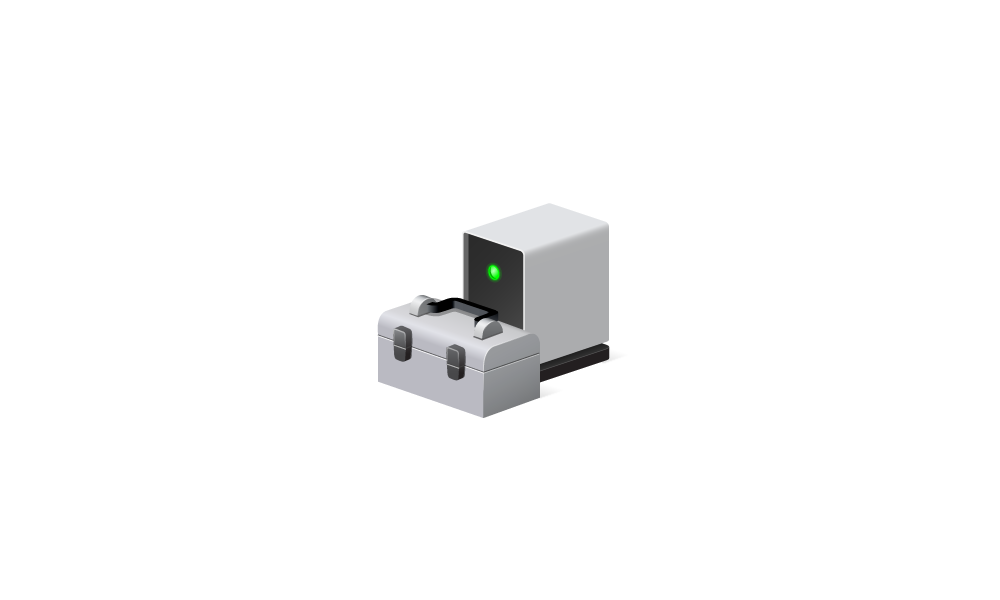scottodono
New member
- Local time
- 3:50 PM
- Posts
- 7
- OS
- Windows 10 Pro
I have a 6 year old laptop in which I recently replaced the drive with a 2TB Samsung NVMe running W10 Pro with a retail key (probably irrelevant) . I ordered a new laptop that comes with a 1TB drive. The new laptop comes with Windows 11 Pro installed. Moving from Dell to HP
First decision: Stick with W10 or go with W11. As I am moving the W11 out, the OS on it is irrelevant with my future plan. I love W10. I use W11 at work and I am in no rush to switch however I know end of life for W10 will be Oct 2025 (about 15/16 months away)
Second decision: Should I do a full wipe before moving?
Other facts:
I have a license for Macrium Reflect which could be useful
I have USB enclosures which could be helpful.
I do use Onedrive and have a sub to family however I still have files scattered in local documents, desktop , root of C drive (like ADB tools) etc....
I probably will not use the drive removed from the new PC , may list it on eBay. I will install an older drive into my old pc. II don't feel comfortable selling it because it has too many issues and will likely keep it as a backup.
So posting here hoping to get some tips and suggetions for best way to tackle this task. I probably need a better data and program strategy so this can be easier in the future
Thanks in advance.
First decision: Stick with W10 or go with W11. As I am moving the W11 out, the OS on it is irrelevant with my future plan. I love W10. I use W11 at work and I am in no rush to switch however I know end of life for W10 will be Oct 2025 (about 15/16 months away)
Second decision: Should I do a full wipe before moving?
Other facts:
I have a license for Macrium Reflect which could be useful
I have USB enclosures which could be helpful.
I do use Onedrive and have a sub to family however I still have files scattered in local documents, desktop , root of C drive (like ADB tools) etc....
I probably will not use the drive removed from the new PC , may list it on eBay. I will install an older drive into my old pc. II don't feel comfortable selling it because it has too many issues and will likely keep it as a backup.
So posting here hoping to get some tips and suggetions for best way to tackle this task. I probably need a better data and program strategy so this can be easier in the future
Thanks in advance.
My Computer
System One
-
- OS
- Windows 10 Pro




















